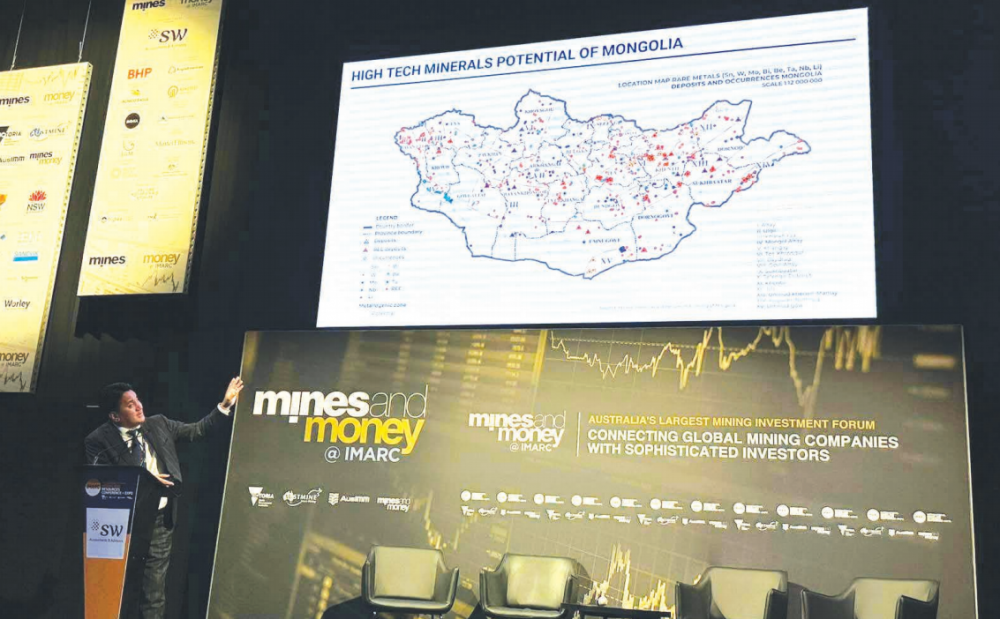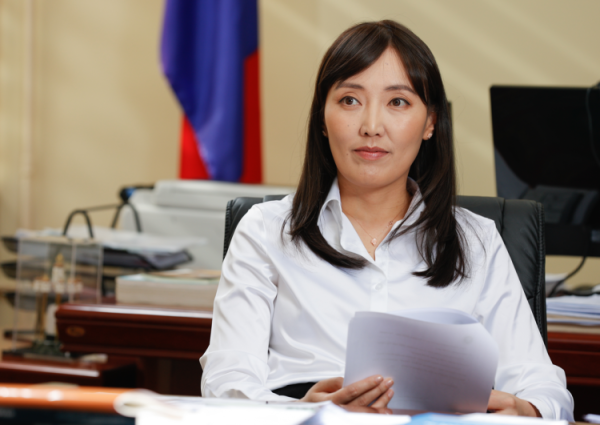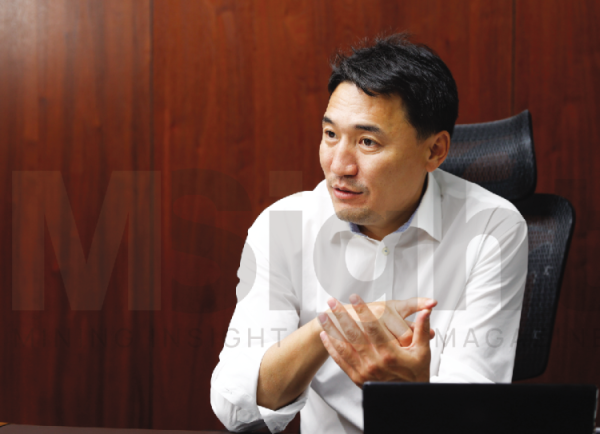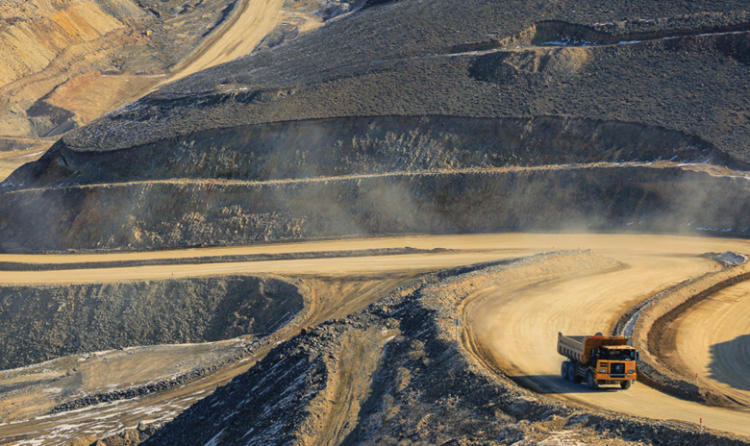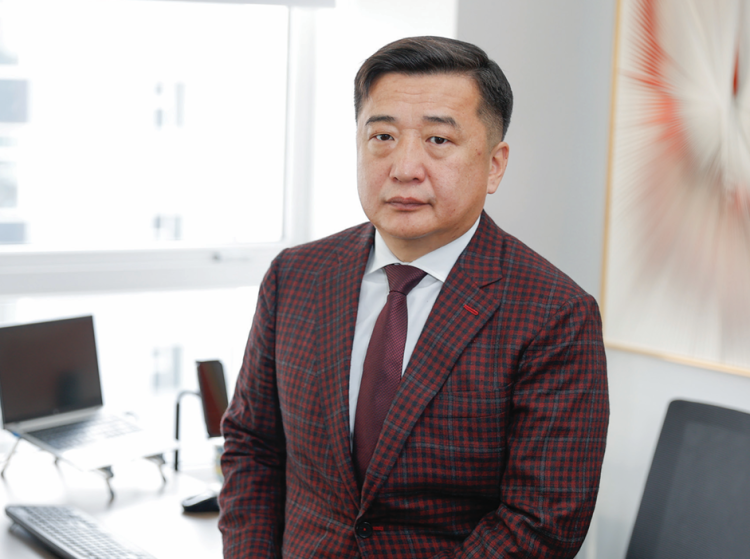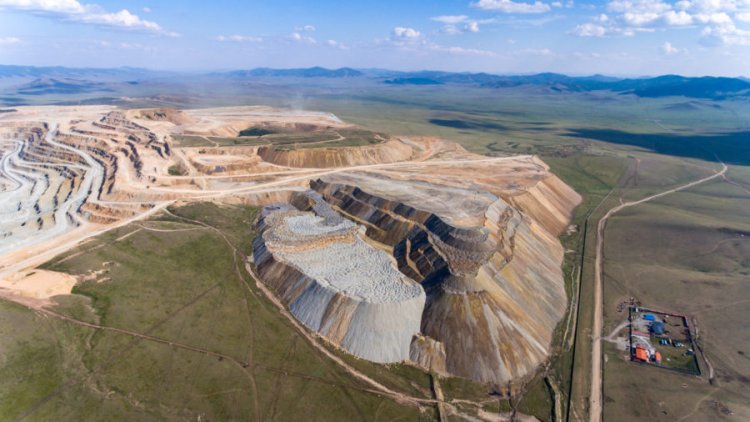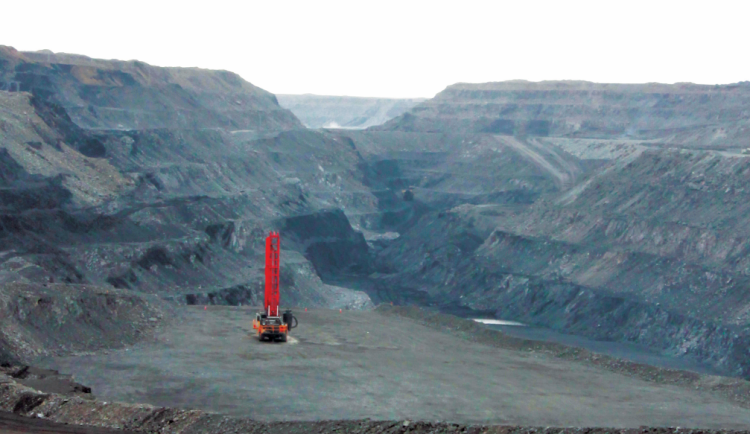In recent years, geologists and miners, as well as business and political groups, have been hoping for only one thing from the ministers assigned to the mining sector: a solution to remove the shackles that have been holding the sector in one place for over a decade and to put it on the path of development.
Every new minister was brought in with the hope that an experienced politician would be able to find a reason when he became a minister. Mining ministers are greeted with piles of “kitchen” tasks that take up their time and energy, starting with issues such as gasoline supply and pricing, problems that cannot be put off until tomorrow, customs issues that delay exports, and port congestion. It seems that it requires many skills and sensibility beyond that of a mere politician to grasp the problem of pushing the development of the industry forward, find a solution, and implement it without getting stuck in the swamp of daily tasks.
As for the ministers after 2016, Minister T.Dashdorj saw the key solution as attracting new foreign investments in the mining sector. To improve its ability to attract investment, the minister gave high priority to participating in the 2017 PDAC and promised to restore the issuance of exploration licenses. But he failed to fulfill his promises. There was just not enough time. The short period of his career was spent n a very volatile investment environment, such as the national debt crisis, the extended financing program of the IMF, and the collapse of the government that he had formed on its anniversary.
D.Sumiyabazar, who succeeded him in 2017, also visited every meeting of investors in Canada, Australia, Hong Kong, and London in 2018 and 2019 and tried to attract investments. At the same time, investors full of confidence were invited to do the IPO of “Erdenes Tavantolgoi” SOE. However, due to the complicated situation in which the Mongolian Government may face its largest investor Rio Tinto at the International Arbitration Court, and the decision of the court to cancel the licenses of the Canadian-invested company Centerra Gold Mongolia’s Gatsuurt project, investors no longer trust Mongolia’s mining sector.
Coinciding with a time dominated by conflicting and controversial issues that make it look bleak, expectations were also not fulfilled. Minister G.Yondon, who was appointed as a “professional” in the mining sector in 2020, had no time or opportunity to pay attention to the issue of advancing the development of the industry during the days of the fear that the construction of the OT underground mine would cease, and the days when he struggled to survive without the pandemic. However, in any case, despite the preparation of the revised draft Law on Minerals following the amendment to the Constitution, he handed over the office without being able to submit it to the end. In the fall of 2022, when MP J.Ganbaatar was appointed as the minister of MMHI, the same expectation was replaced by a new hope. It is the expectation that a person who has felt the pulse of the country’s macroeconomics and understands business has come to head the Standing Committee on Economy, so they can move a little more boldly.
As for Minister J.Ganbaatar, he was appointed at a time when all the crucial issues have been taken care of by the previous ministers. This creates an advantage in addressing problems that are dragging the development of the industry early on. A few days after he took office, he paid great attention to the “Mining Week” event.
Discussions and meetings where all issues were debated by all stakeholders allowed him to see the industry from all sides, both good and bad, to understand the environment, and to know who is who in this field in a short time. On the other hand, as a person who sees the mining sector with a new perspective, he may have thought of trying to change the ways of the previous ministers who tried to attract investments and did not succeed.
This was based on the visit of the Minister of Mining and Heavy Industry to Australia in November to participate in the IMARC event. Information about the meeting held by Minister J.Ganbaatar in Australia was relatively open on his social media accounts and the website of the Ministry of Mining and Heavy Industry. If exploration is allowed, it will be possible to make a hypothesis about whether the current operations are maximizing opportunities, and based on them, to take actions to develop the industry. He attached great importance and interest to the newly implemented “Exploring for the Future” program in the field of geological exploration in Australia. It is a program that aims to collect underground geological data in a short time and with an unprecedented level of accuracy. This goal is being achieved with the most modern technology and huge investment.
As a result, the existing data will be updated. Minister J.Ganbaatar said, “It is necessary to implement this complex study in stages. We studied the methods and practices of the program content and results.” He expressed his request to cooperate with the introduction of the accuracy of exploration research, modern technology, and innovative achievements to be introduced in this field. The Australian Geosciences Agency, which manages the “Exploring for the Future” program, the Minister of Mineral Resources of the Federal State of Australia, a member of the Parliament of the State of Queensland and representatives of the Minister of Mineral Resources, and representatives of the Mineral Resources Council, discussed the introduction of advanced technologies of basic geological research in Mongolia. Climate change, the energy transition, and new demand for raw materials fueled by the acceleration of the digital revolution are propelling a wave of the “Exploring for the Future” program, the same as Australia. Although challenges, such as pandemics and wars are looming and it is difficult to forecast what is to come, one thing is very clear: countries around the world have no way back from choosing a low-carbon future.
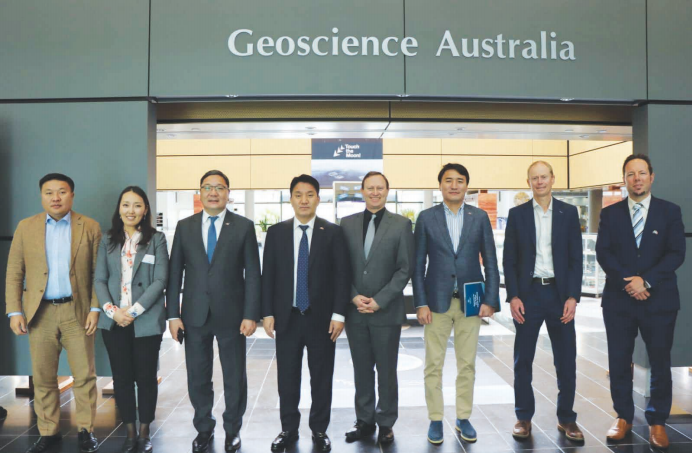
The minerals and metals needed for clean energy and technology to create that future are generally called critical, and all efforts are focused there. A future where the need and dependence on these essential elements will increase and that is a future for humanity. There is a hidden competition between countries to ensure their position depending on their role and participation in this network that will create new supply and demand forces in the global economy. While the resource-rich states are looking to capitalize on the potential of mineral resources and future growth in demand, the manufacturing superpowers are increasing their purchase, diversifying, and resourcing to reduce their dependence on raw materials, which are critical to their economies, and to create safe and sustainable supply chains. Wealthy countries need to invest in such projects. Reports of such strategic mineral partnerships have been in the headlines in recent years. This year is even more intense. The latest example is the news that the European Union and Kazakhstan established a strategic partnership during the high-level meeting of world leaders on climate change. At COP 27, when our President concluded the “Forest Partnership” agreement with the European Union, they talked about the geopolitics of critical minerals and became strategic partners in the fields of rare earth elements, battery raw materials, and green hydrogen production. In a sense, a new zone of critical minerals has been established in the world, and a completely new supply chain has been drawn, and this picture surrounds Mongolia today. So, how can Mongolian get there fast? The priority is to renew basic geological research using technological advances in a short time, like Australia’s “Exploring for the Future” program.
The faster mineral resources and prospects are done, the better for Mongolia. Mongolia’s mining industry experts have been actively talking about such an idea for the past two or three years, and since last summer, the Department of Geological Policy of the Ministry of Mining and Heavy Industry has announced that it will commit to this direction.
The head of the Geological Policy Department, B.Uyanga, announced this to the world during the PDAC convention and to the nation during Mining Week. It requires a significant amount of investment and cutting-edge technology to show geological data that proves there are potential reserves.
If this can be done, Mongolia’s mining industry will have a significantly different level of competitiveness, he said in his speech presented during “Mining Week”. The opportunity is there. The question is who in politics dares to grasp it? The current Minister J.Ganbaatar understands that “Exploring for the Future”, “Critical Minerals”, and “Green Transition” are gaining momentum. That is why he may “play” at a slightly different level than the previous ministers. If these opportunities can be grasped and raised at the government level, and then supported by the legal environment and other reforms of the industry, this can be a far-sighted solution to take the industry to the next stage of development.



